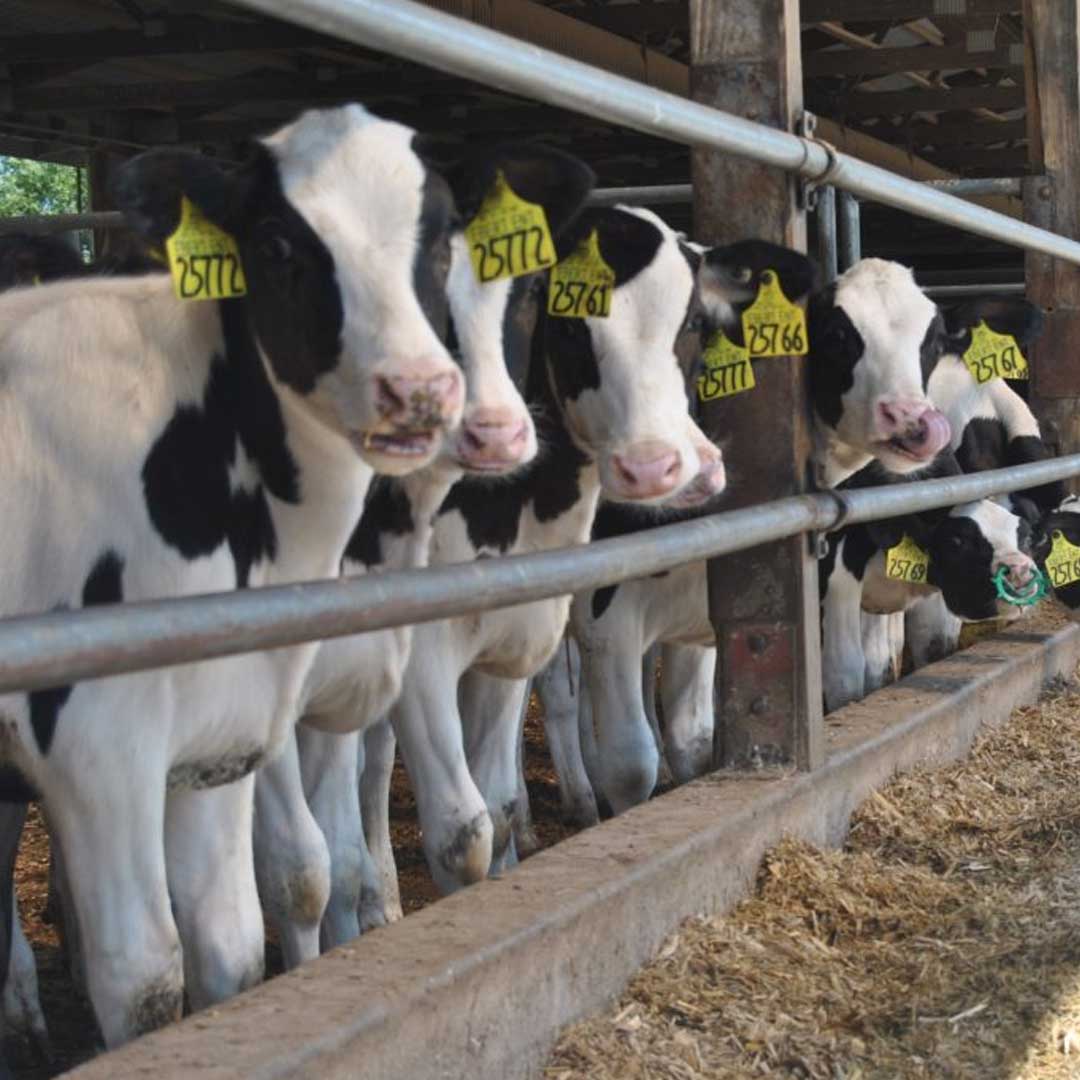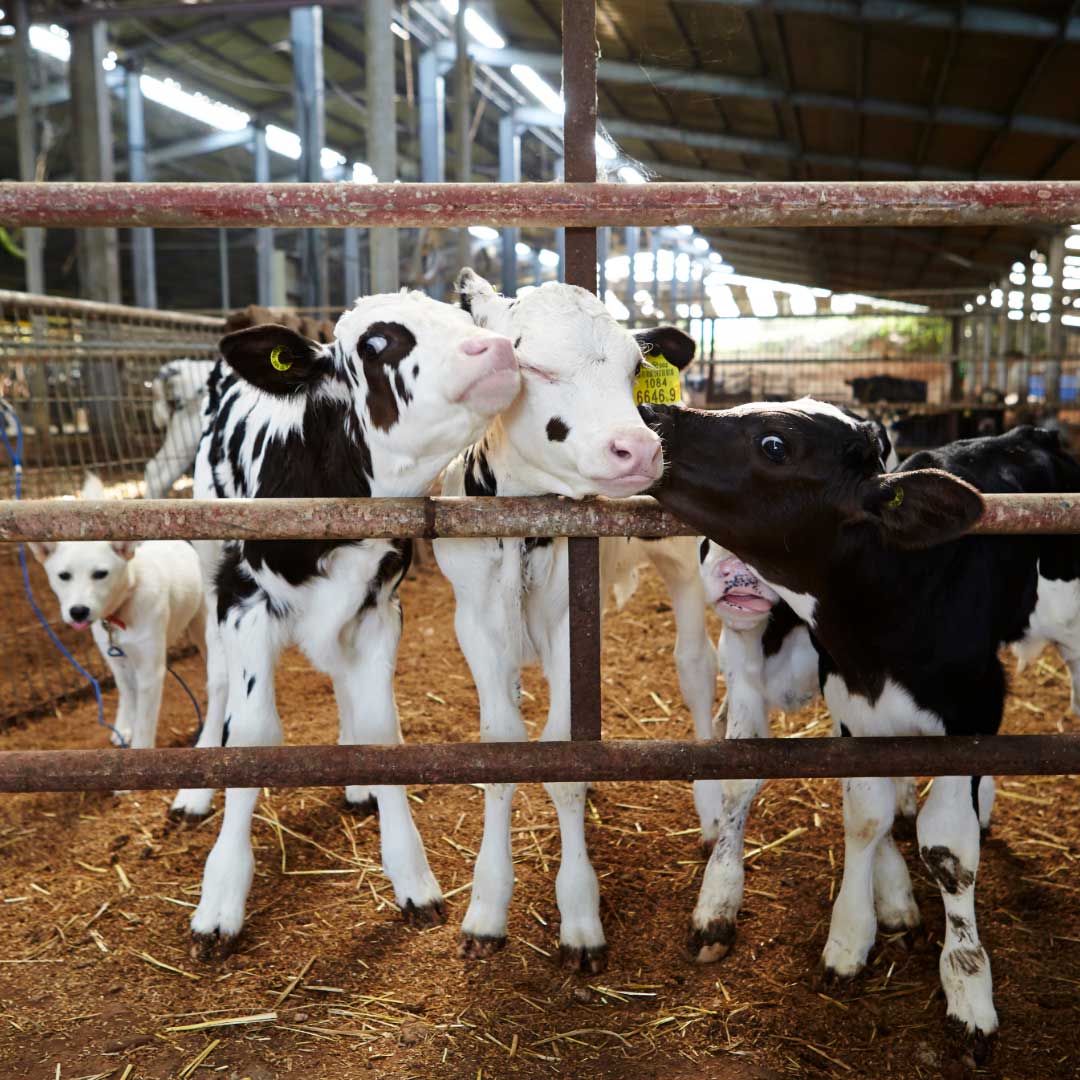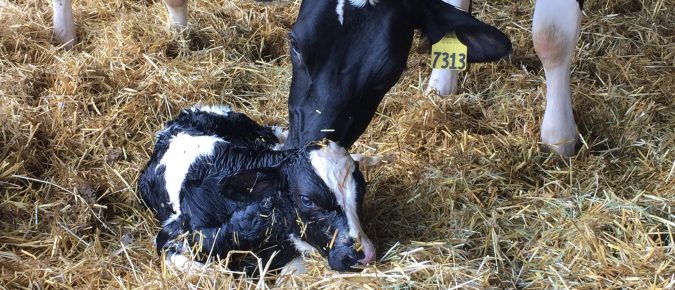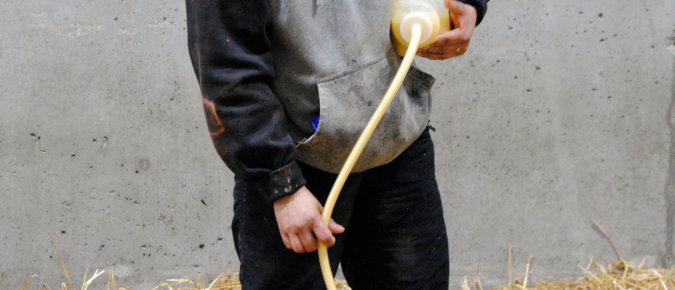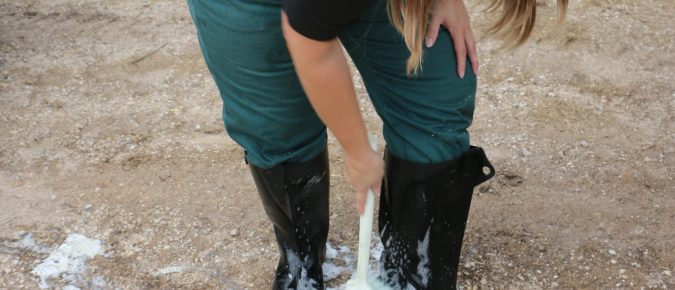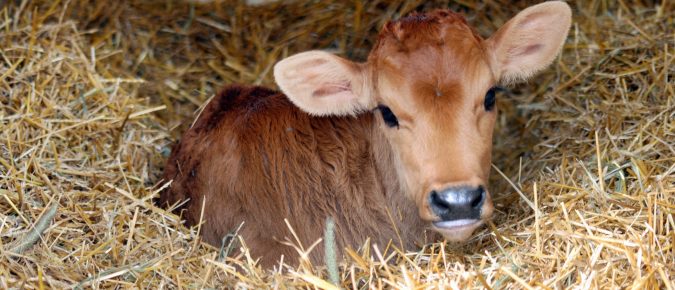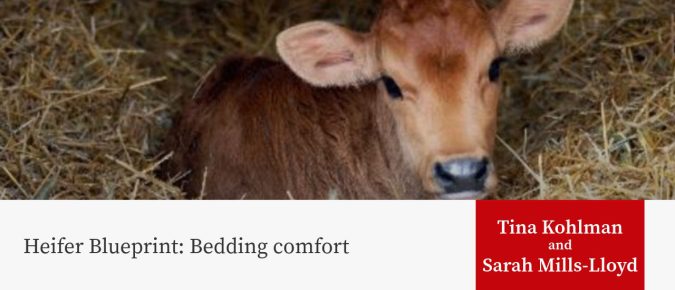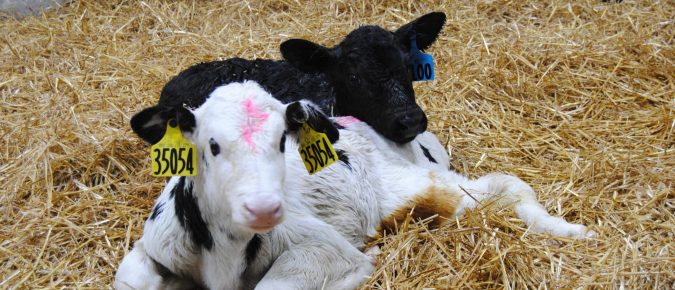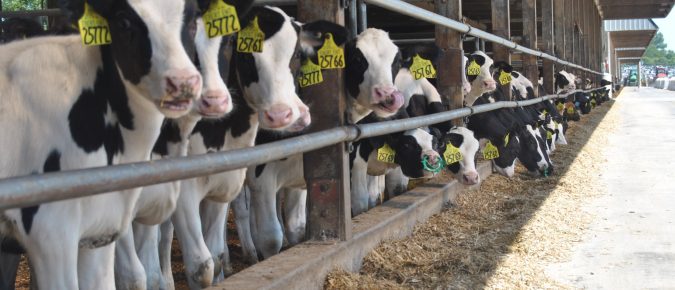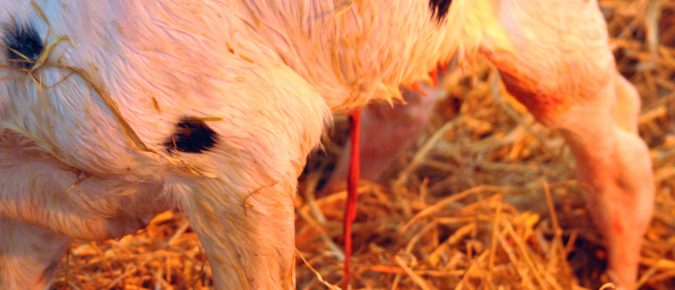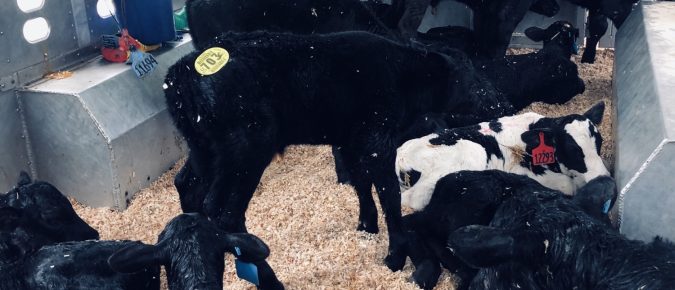A sound colostrum management program should be the cornerstone to every farm’s calf management program. Calves are born with a naive immune system, one that does not have enough circulating antibodies to help fight disease. Because of this they are highly susceptible to disease for the first few weeks of life.
Colostrum management is the single most important factor in determining calf health and survival. Successful colostrum management requires farmers and managers to provide newborn calves with a sufficient amount of clean, high-quality colostrum within the first few hours of life.
Keeping calves healthy and alive is a critically important factor that contributes to a dairy farm’s success and profitability. The job of keeping a calf healthy begins at birth. Birth to three months of age is the most sensitive rearing period for the young calf. With biological, environmental, and nutritional stressors, the success of the first rearing phase depends on calf managers and feeders paying special attention to detail.
Raising healthy dairy calves requires maximizing the calf’s level of immunity against disease while minimizing its exposure to infectious diseases. However, there will still be times when calves will become sick. Can you identify the sick calf?
Diarrhea, or scours, accounts for over 50% of illnesses in preweaned calves, contributing to 32 percent of all deaths in calves (USDA NAHMS 2014 Preweaned Calf Component Survey). Scours itself does not usually kill the calf. Rather, the calf will succumb from the dehydration and electrolyte imbalances which follow. Early identification of affected calves and early and aggressive treatment with fluids and electrolytes is the most successful way to treat scouring calves.
Providing an excellent environment is a key component in successfully raising calves. For calf housing the environment includes the calf’s resting space, feeding, and walking surfaces. A clean, dry resting surface ensures a hair coat that helps insulate the calf against the cold, low air temperatures,and sudden changes in temperature.
Winter weather brings new challenges for completing chores on the farm. Calf care is no exception. Calves perform best when we acknowledge their needs change in colder weather and adjust our management accordingly.
Animal care and welfare starts on day one with the newborn calf. Healthy calves are the cornerstone of every dairy operation, not only providing the future genetics for the herd but healthy calves are also important to the vitality of the dairy farm.
Heifers represent the future of the dairy operation, bringing genetic progress to the milking herd. Raising heifers is costly and improving efficiencies in raising them can have a financial impact on the overall profitability of the dairy business.
Superior calf performance begins during the birthing process in the maternity pen. Based on the 2017 USDA NAHMS Survey, five to seven percent of all newborn calves are stillborn or die within the first 48 hours. To improve calf survival after birth, we must follow practical, consistent calving protocols and provide a clean, dry calving environment.
One of the simplest best management practices we can do for the newborn calf is navel care. Previous University of Minnesota research showed in a controlled study that umbilical cord care significantly reduced the risk of developing umbilical cord infections.
As operations grow, or focus more on the milking herd, it has become a necessary component in moving newborn calves from the farm to a separate calf raising facility, some being out of state. Handling and transporting these calves can be stressful. However, there is limited research on the impact of long-distance travel on a newborn calf’s welfare.

